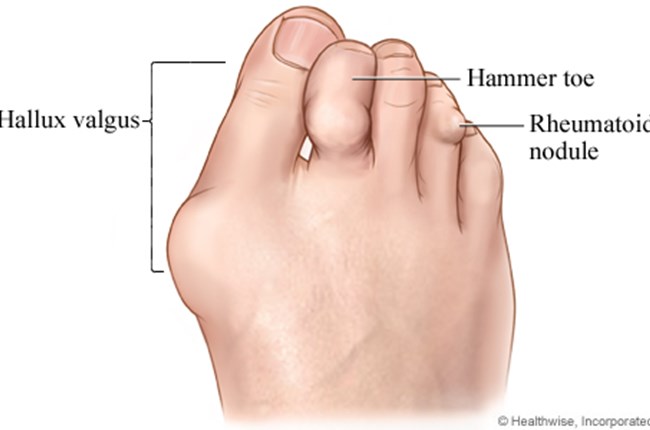What is Rheumatoid Arthritis?
Rheumatoid Arthritis is an autoimmune condition that causes chronic inflammation. With Rheumatoid Arthritis your immune system attacks your body’s tissues and causes painful swelling of the joints.
The most obvious signs are in the hands and feet. Imaging tests like X-ray, computed tomography (CT) scan, and magnetic resonance imaging (MRI) help doctors assess the severity of joint damage.
How does it affect your feet?
More than 90% of people with Rheumatoid Arthritis develop symptoms in the foot and ankle. Inflammation causes damage to the ligaments and tissues that support your bones. This causes the force going through the ankle and back of the foot to change. If the ankle and heel can’t move properly, it can be difficult to walk, especially on uneven surfaces, hills, and stairs. Inflammation of the ankle and heel cause pain on the outside of the foot.
Rheumatoid Arthritis can also affect the midfoot. Inflammation in the liagments and joints along with the Tenosynovitis in the Posterior Tibialis can lead to a collapsing of the midfoot. Toes are also affected by Rheumatoid Arthritis. They can become twisted and may cross over each other, especially the big toe. Many people with Rheumatoid Arthritis develop bunions, calluses, or claw toes. Some people with Rheumatoid Arthritis, particularly those with more severe disease, form rheumatoid nodules. These are small, firm lumps that develop under the skin, usually near joints that are inflamed.


